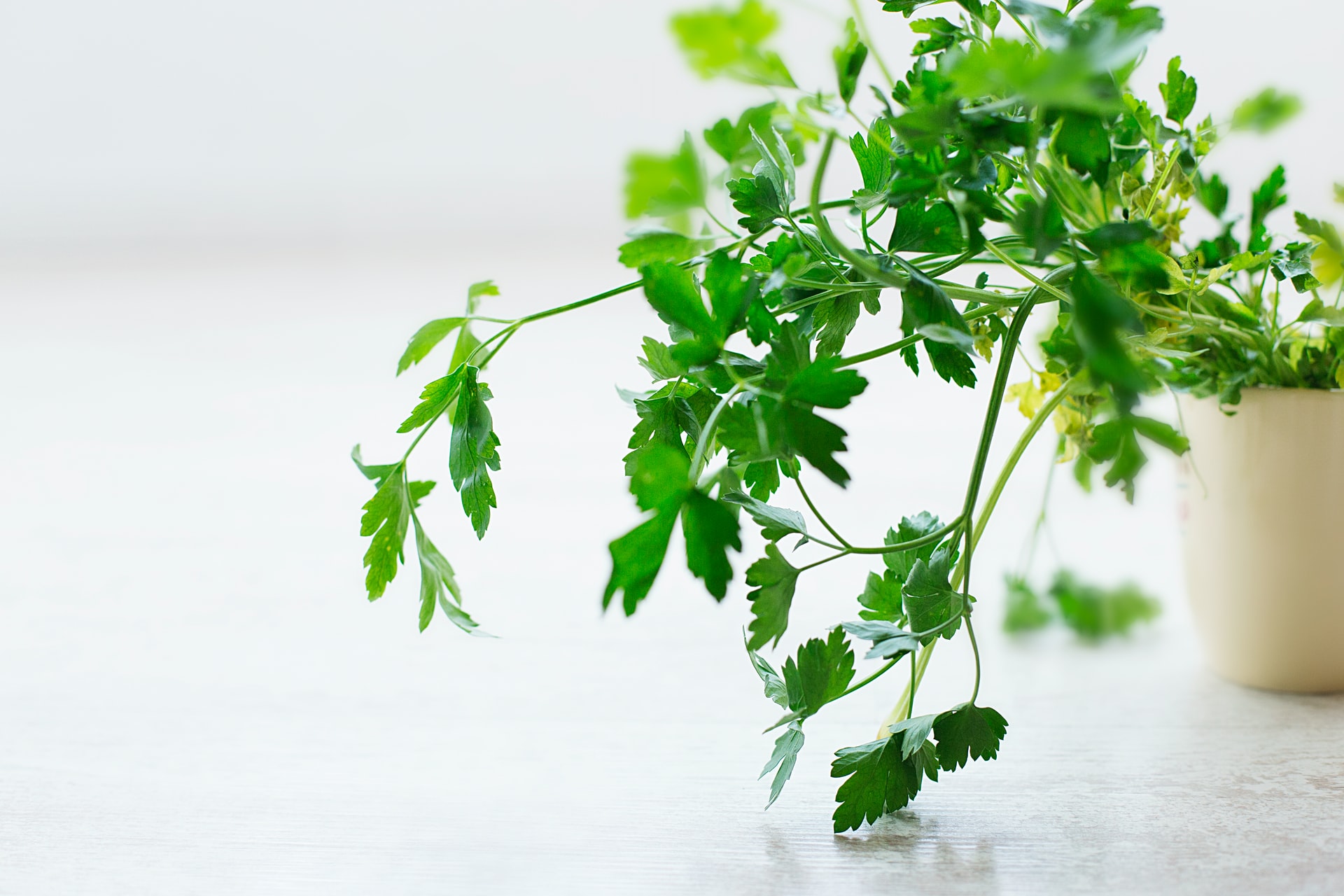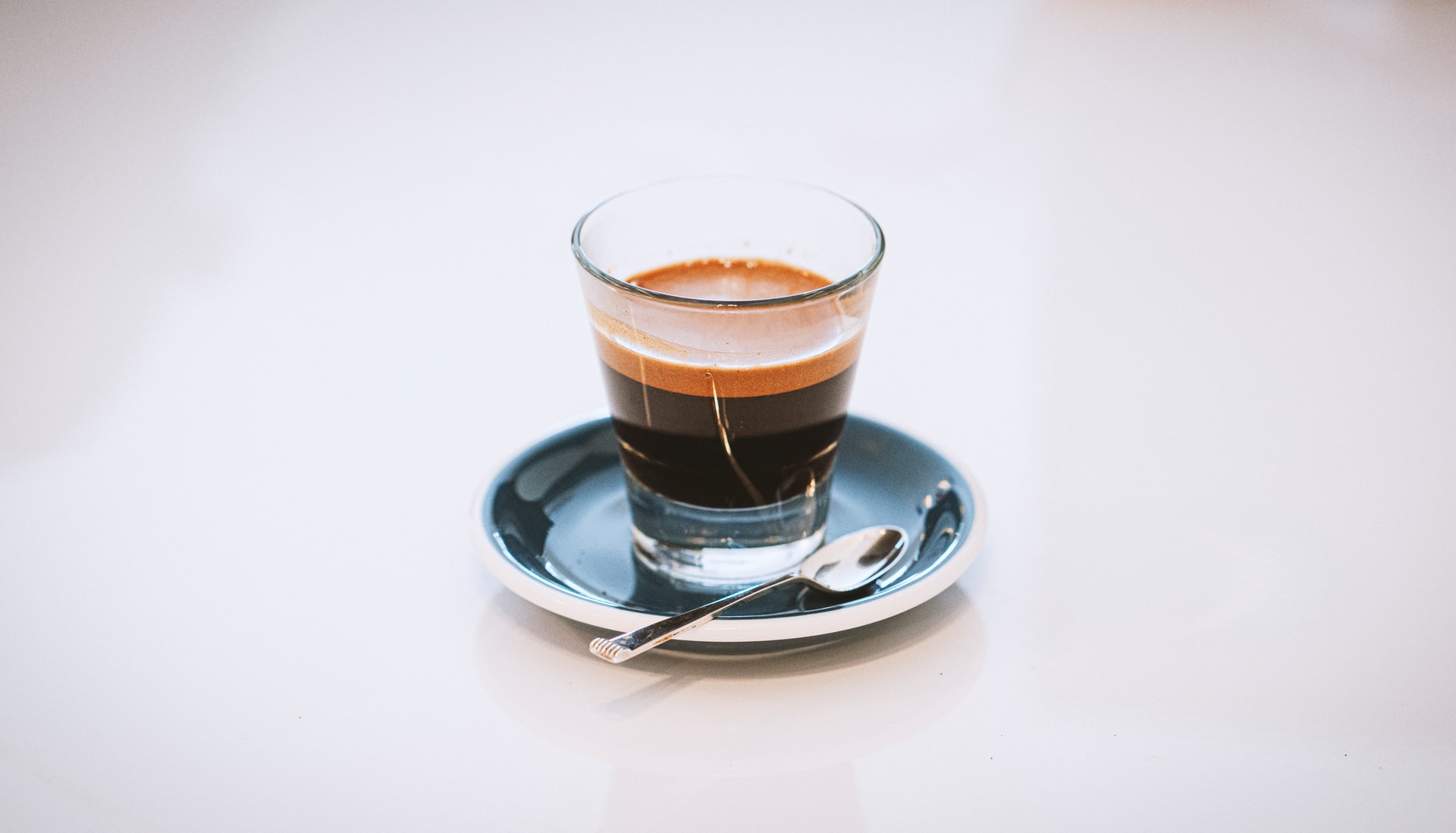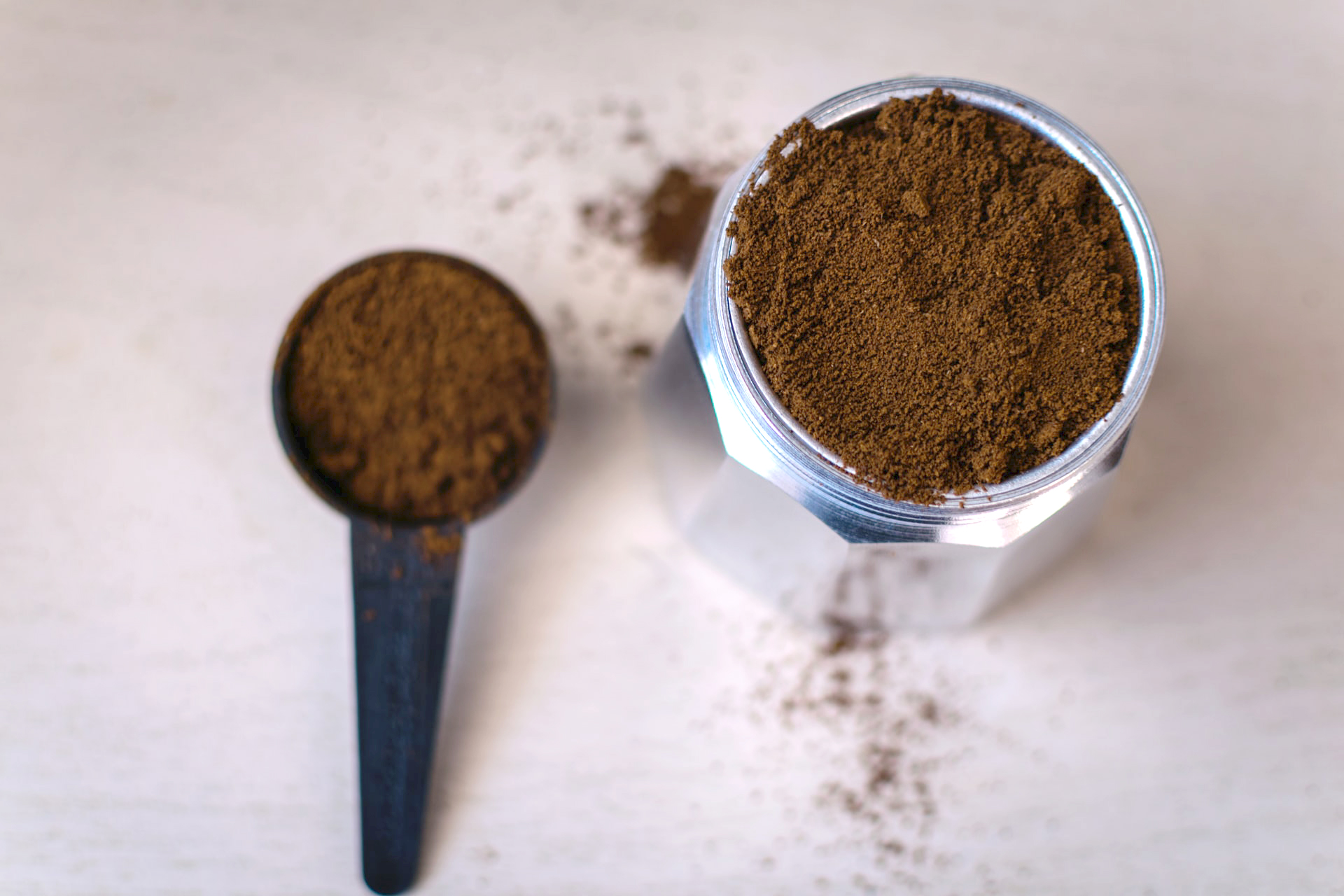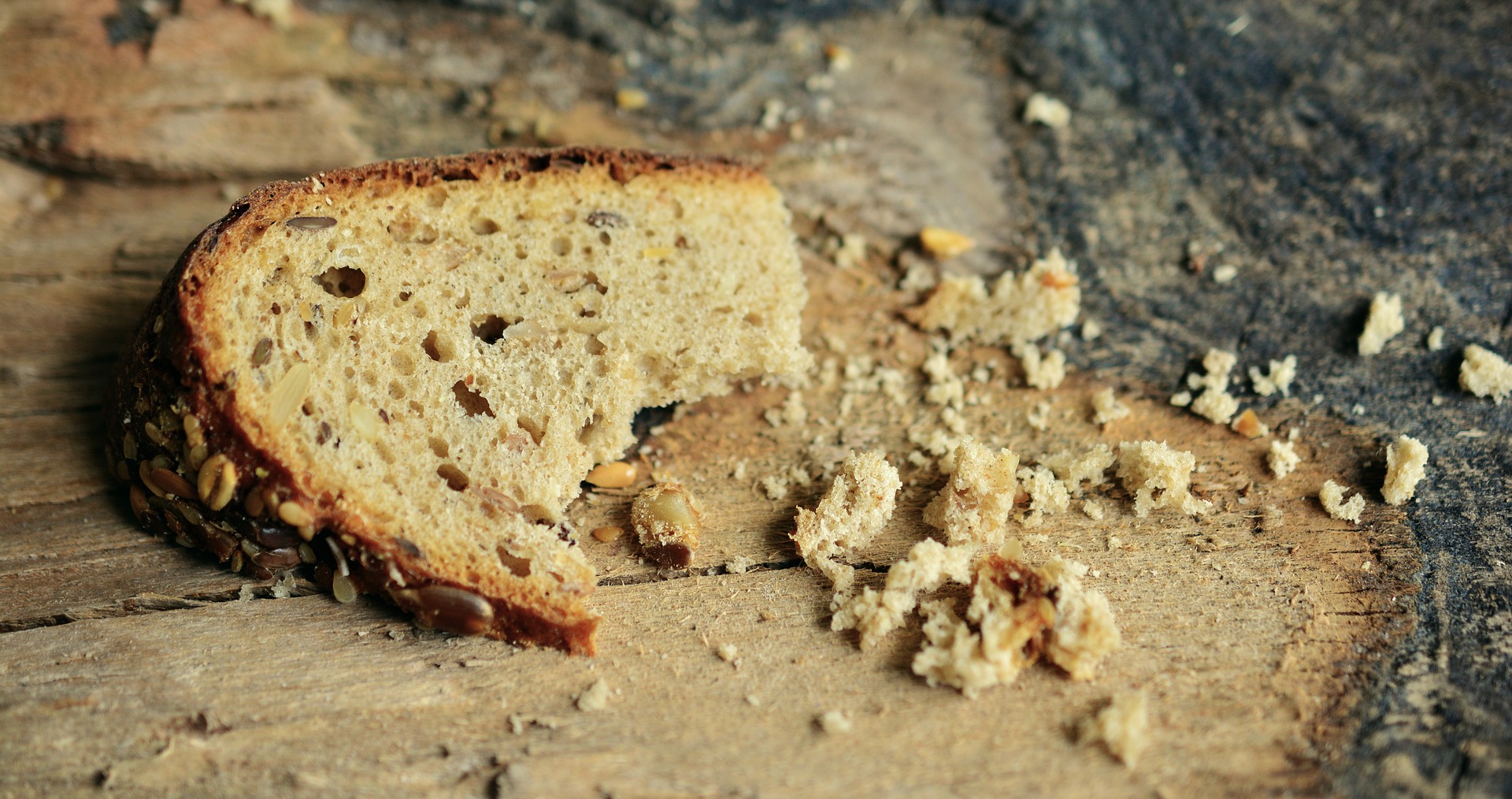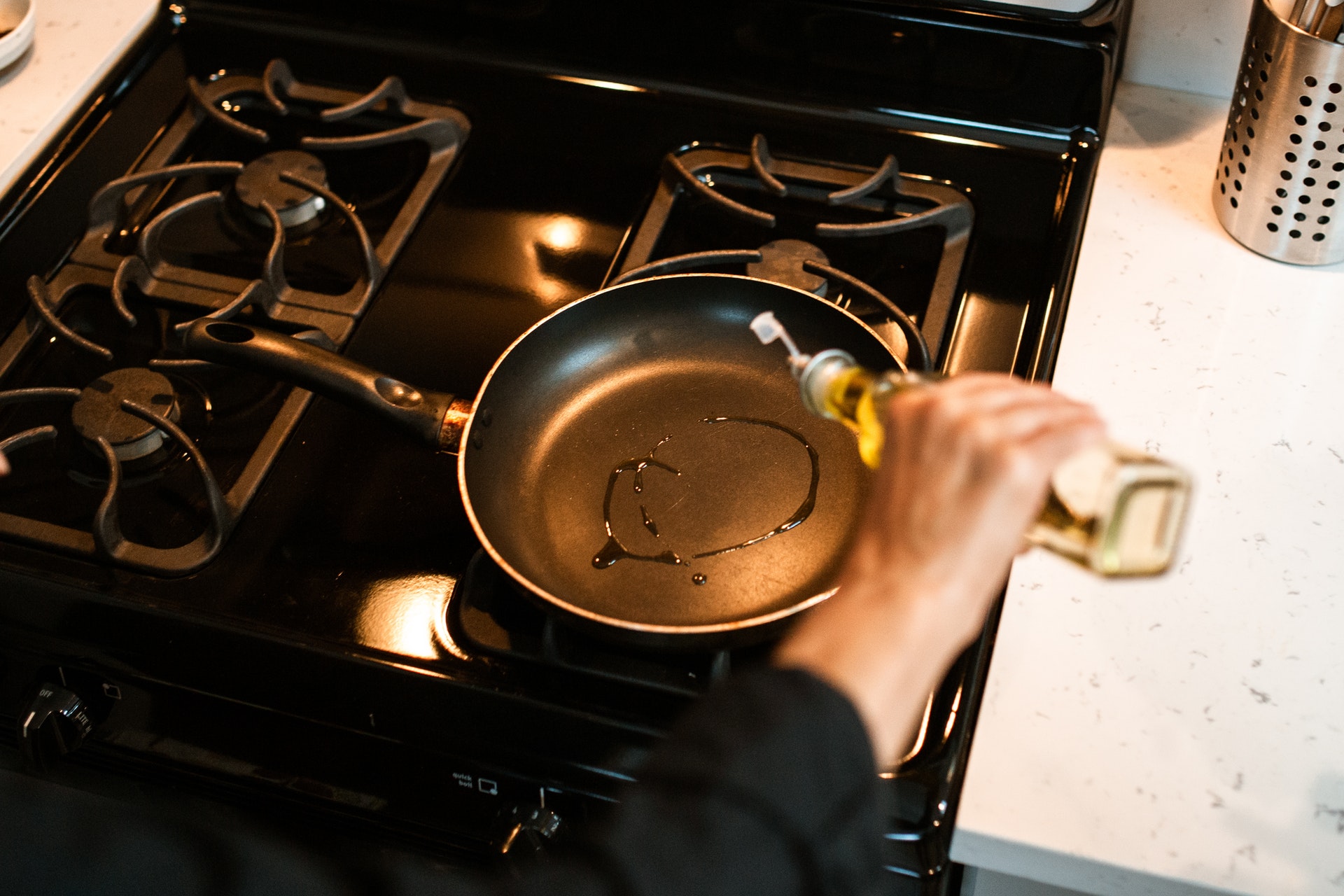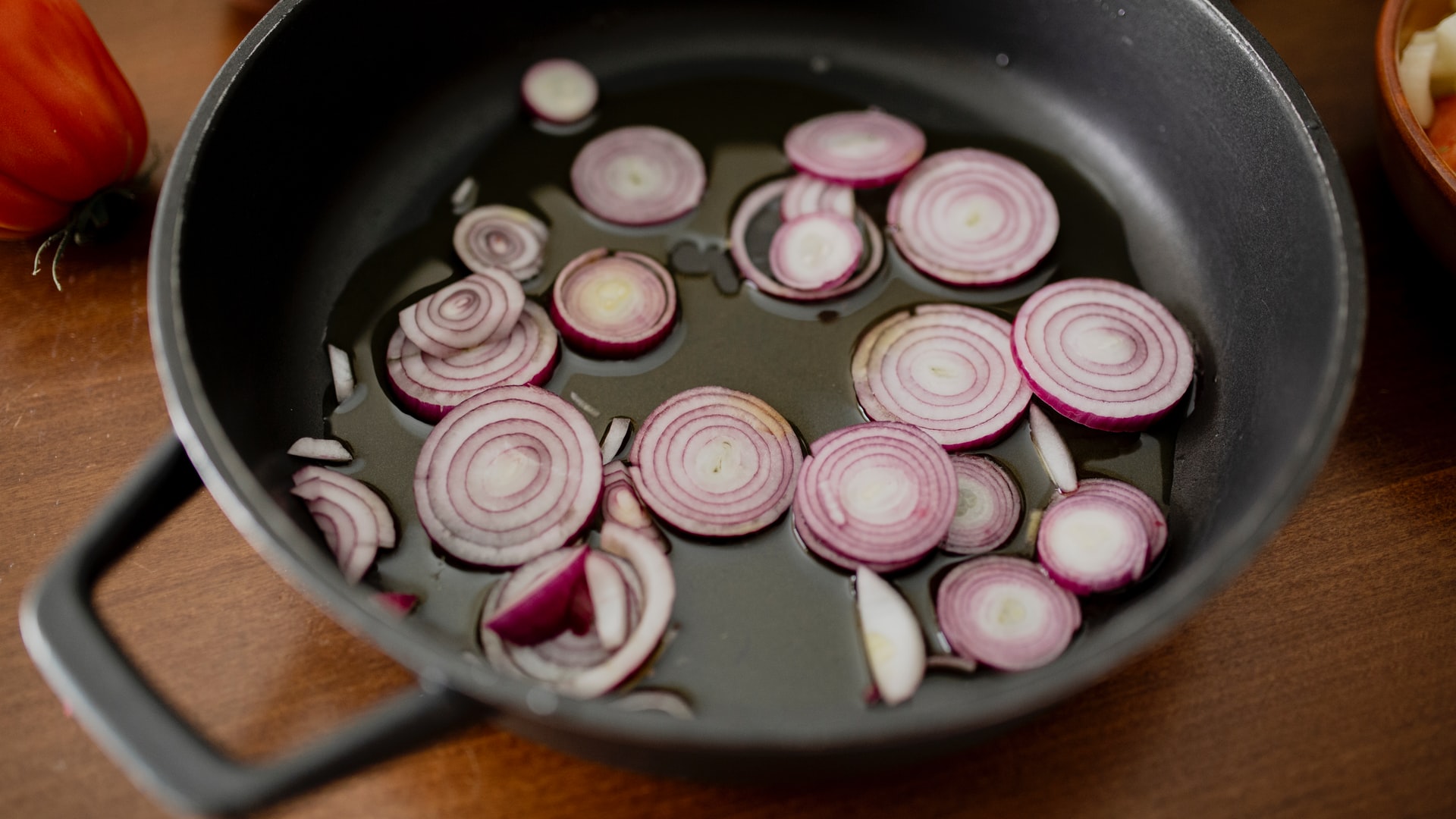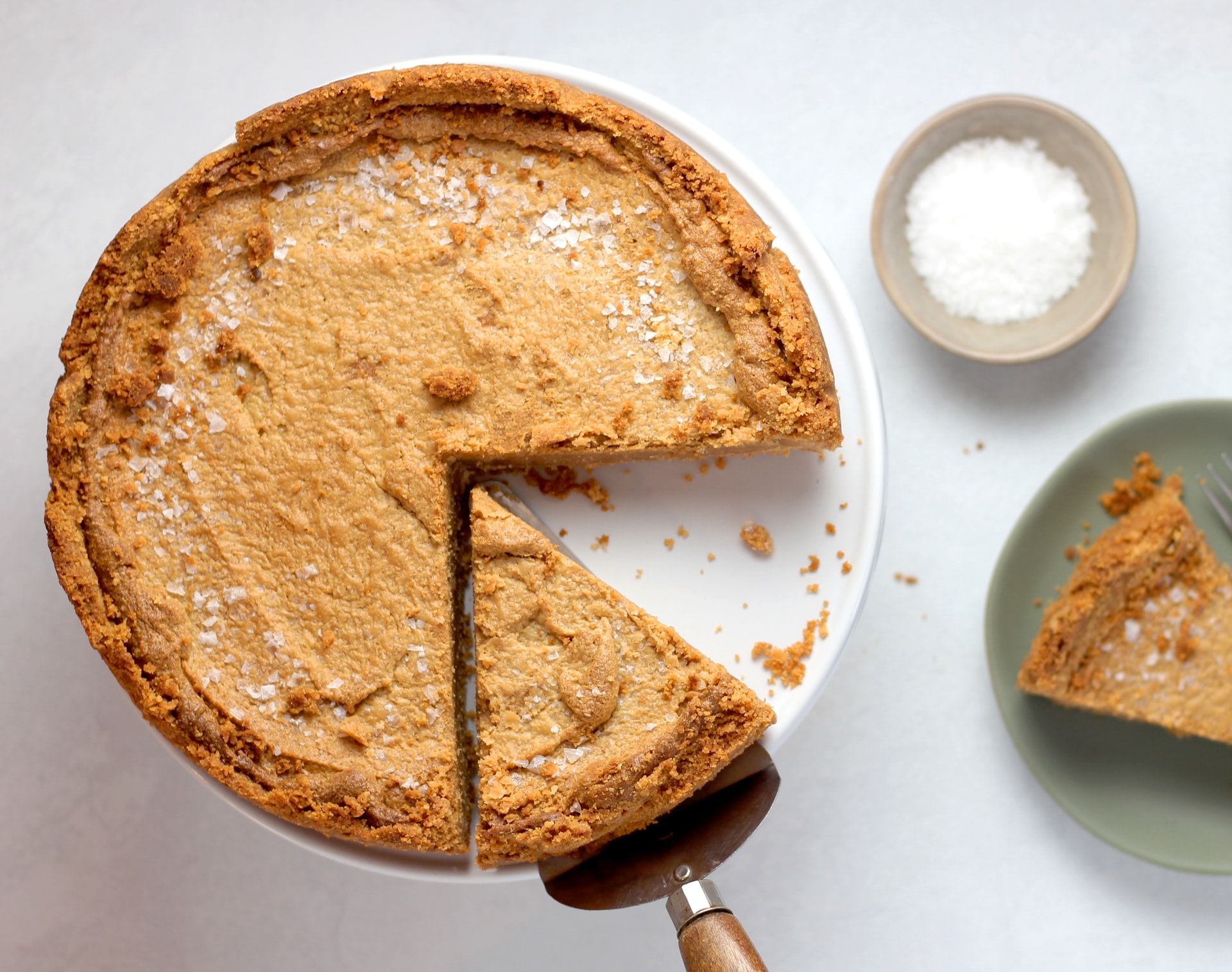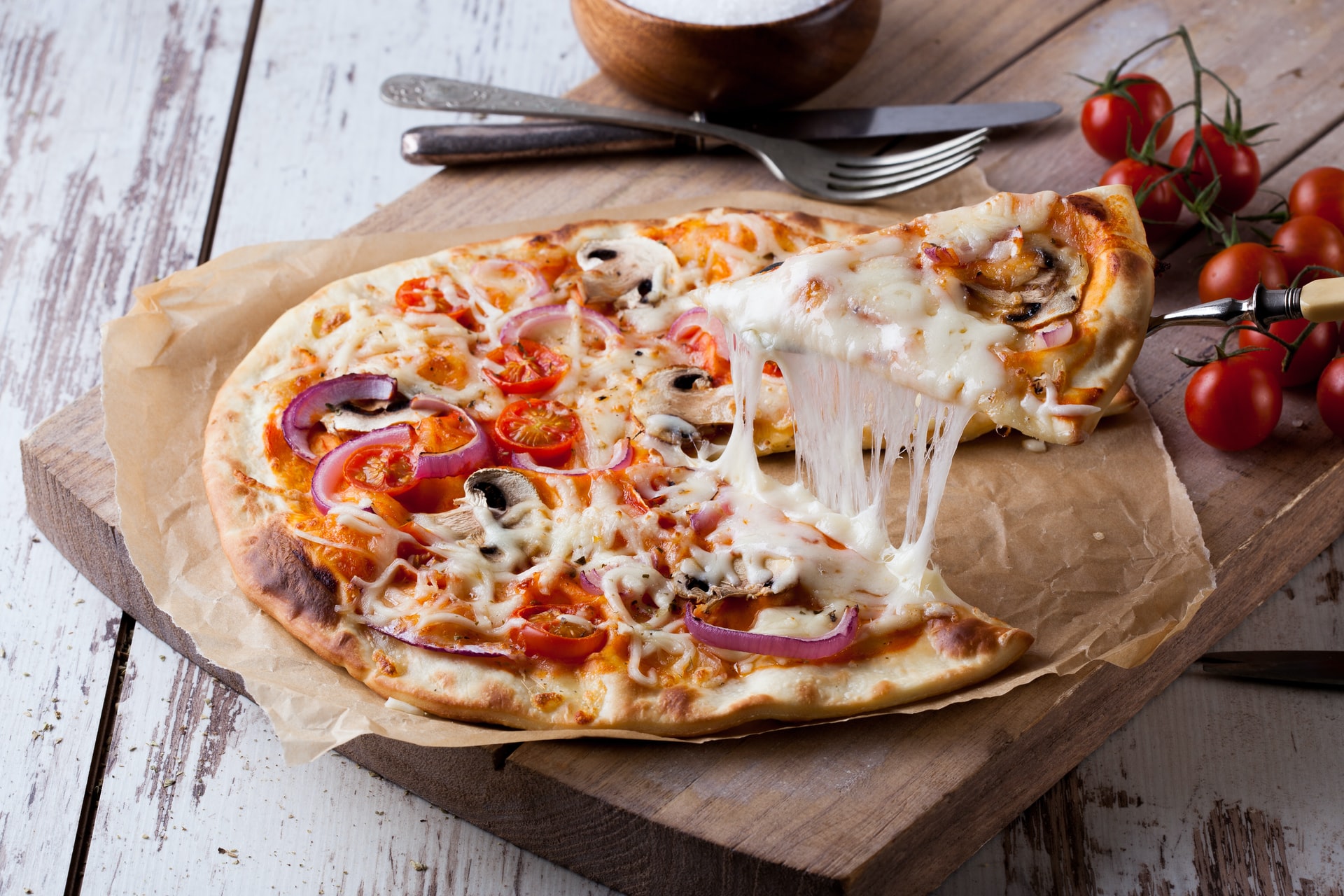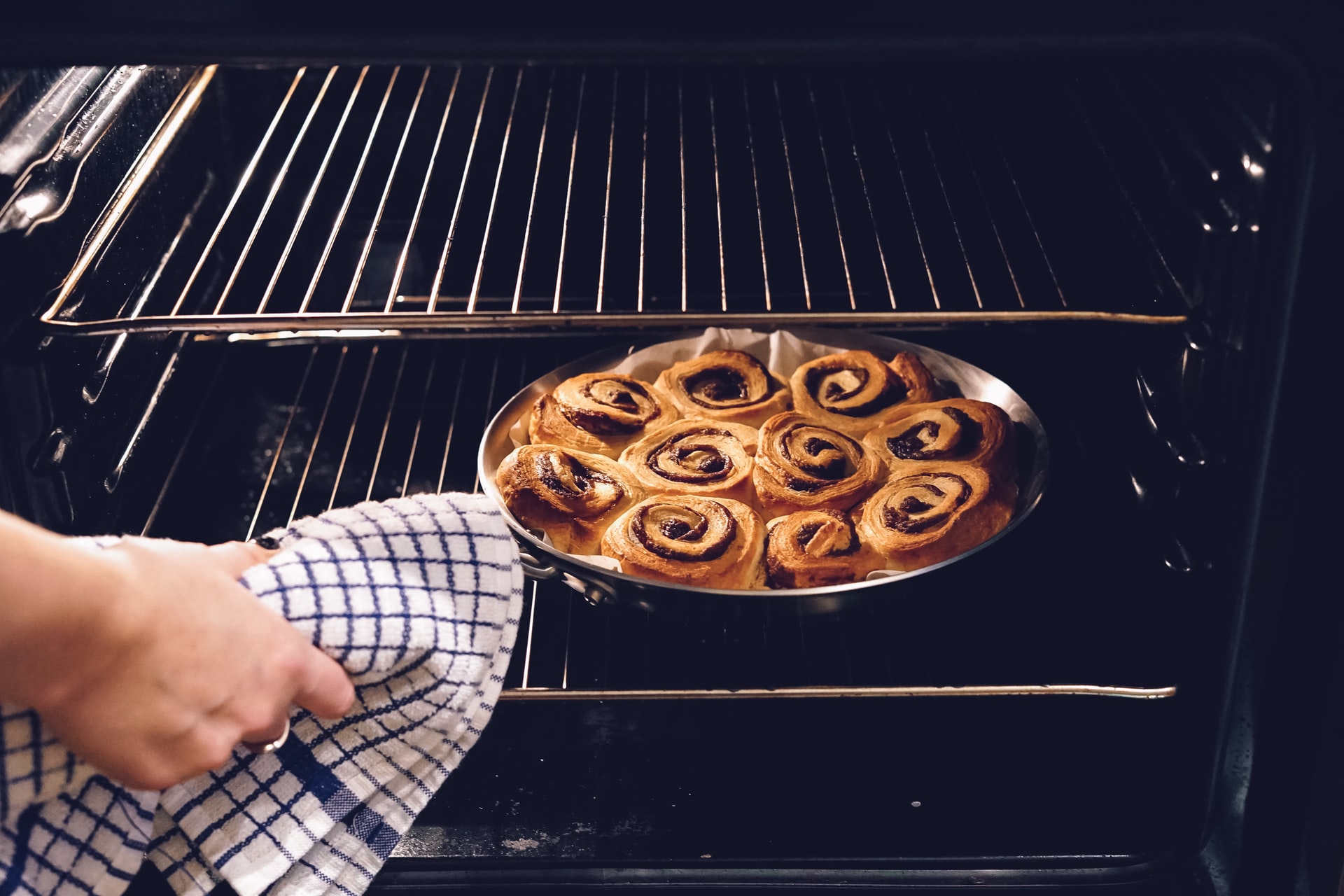How to Grow Parsley
Parsley is a versatile herb that can be incorporated into many different dishes and cooking styles. It’s great to tie into a variety of dishes to enhance flavor such as a vegetable omelet, tabbouleh salad or a chimichurri sauce. Parsley is also packed with nutrients such as vitamin C. Planting Parsley Like other herbs, parsley can perform well in a container. If you plant it indoors, keep the pot near a warm and sunny window. If the parsley is outside in a garden, it’s best to plant it around rose bushes. How to Cultivate Soil: Plant parsley in moist, well-turned soil. Incorporate rich compost early in the growing season, just as you’re planting the parsley. Sun: The parsley does well in both full-sun and part-sun environments. If the parsley is indoors, be sure to grow it near a sunny window. Water: Parsley is pretty adaptable and is relatively drought-tolerant. Try to grow it in moist soil for the best results. Spacing: Plant parsley 9” apart whether it’s a seed or a small plant. Companion Planting: Plant it next to tomatoes, corn and asparagus. If you plant parsley next to rose, it can enhance the health and aroma of your roses. How to Harvest Parsley is a biennial plant, meaning you’ll want to harvest parsley for its leaves the first year. Choose stalks furthest out from the plant’s center. You’ll want to leave the inner stalks and leaves so it can keep growing. The second year, the leaves will be less flavor-intense. You can use them, or let the parsley bloom. In the fall of the second year, harvest the parsley’s root. It’s actually the most flavorful portion of the plant. Try shaving the root over salads for a crunch and intense flavor. Source: the Kitchn

